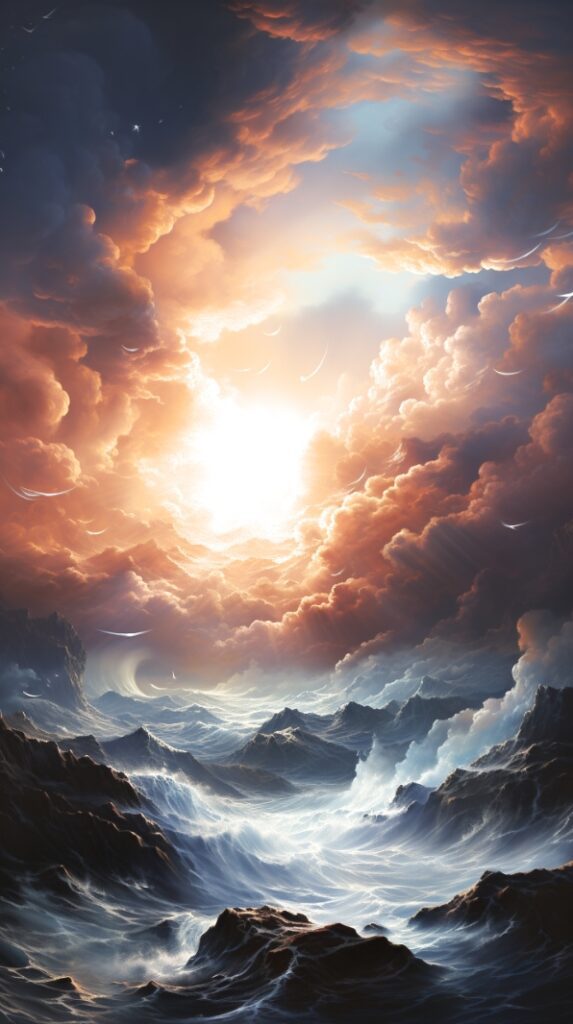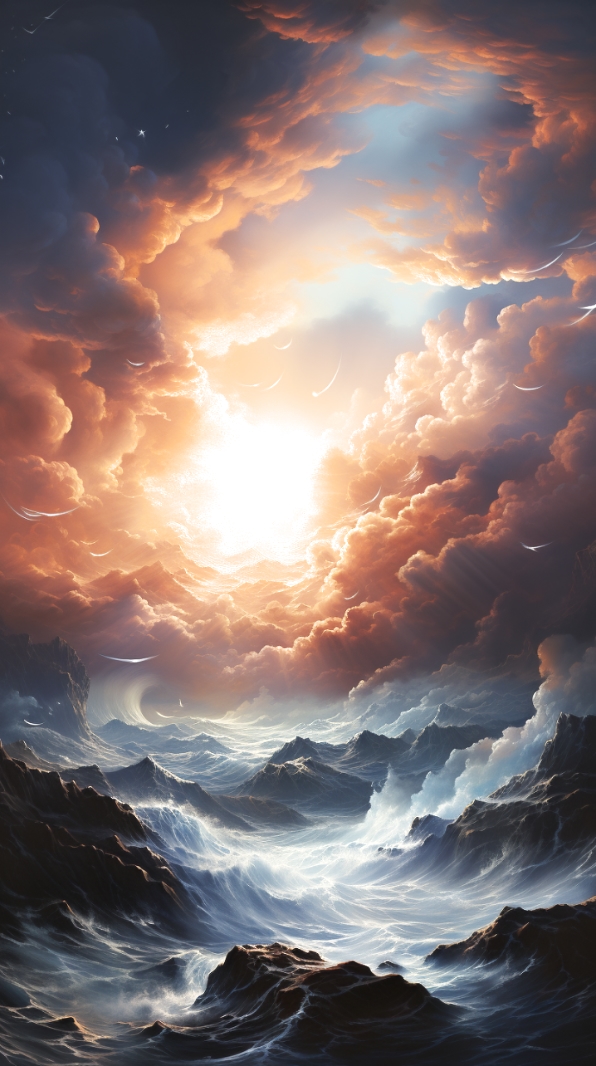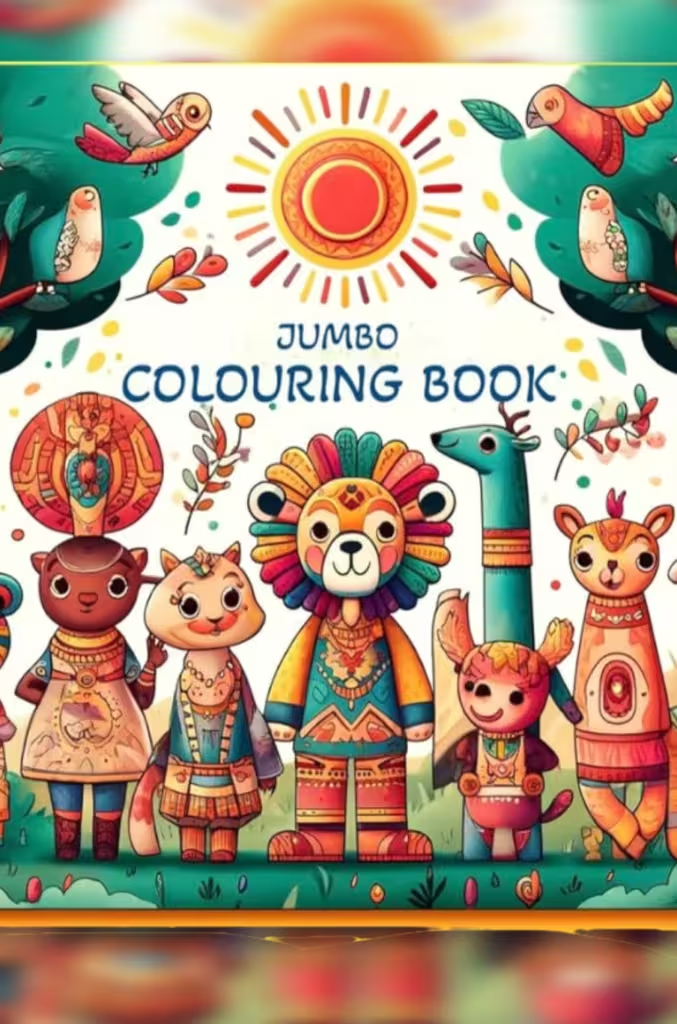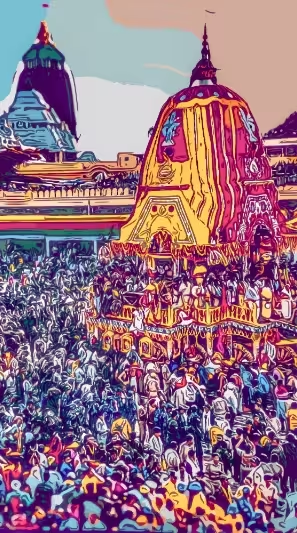
There is one infinite, eternal, changeless existence,
From that, all come forth,
To that, all return.
Before we begin, I hope you have read The Science and Philosophy of Sanatan Dharma. This piece serves as a continuation from that particular reading.
Unravelling the Mysteries of Sanatana Dharma: There is one infinite, eternal, changeless existence called Brahman. Let’s understand Sanatana Dharma by diving into its core concepts. Let’s dive right in:
1. The Two States of Brahman:
First off, let’s talk about Brahman. In Sanatana Dharma, Brahman is the ultimate reality, the infinite and eternal truth. It’s like a vast, boundless ocean. But this ocean has two states. When it’s calm and still, it’s referred to as ‘Nirguna Brahman’, which means Brahman without attributes. But when the waves rise, when the universes come into existence, it becomes ‘Saguna Brahman’, or Brahman with attributes. It’s a bit like an actor who is just a person off-stage (Nirguna Brahman), but becomes a character when they step onto the stage (Saguna Brahman).
2. The One Existence:
Now, let’s consider these waves in the ocean. Each wave rises from the ocean, exists for a while, and then falls back into the ocean. Similarly, everything in the universe comes from Brahman, exists within Brahman, and eventually returns to Brahman. This concept of the One Existence teaches us that everything is interconnected and part of the same ultimate reality.
3. Spirit and Matter:
Next up, we have the concepts of Spirit and Matter. Everything we see around us – trees, animals, stones, and humans – is made of Matter. But there’s also something within these things that we can’t see, touch, or feel. This invisible element is called the ‘Spirit’. It’s the Spirit that gives life to all things. It’s the part of us that thinks, feels, and observes. While Matter can take many forms, the Spirit remains formless and is the same in everyone and everything.
4. The Dance of Opposites:
Sanatana Dharma teaches us that Spirit and Matter are opposites. It’s like a cosmic dance, where Spirit is the dancer and Matter is the dance. The Spirit, being the knower, understands and experiences, while Matter, being the object of knowledge, is what is understood and experienced. They both have three qualities. Spirit has (सत्, चित्, आनंद्) Being, Thought-Power, and Bliss, while Matter has Inertia, Mobility, and Rhythm (तम:, रज:, सत्वम्). These qualities help maintain the balance and harmony in the universe.
5. The Divine Power:
Finally, we come to the concept of the Divine Power, known as ‘Maya’. This is the power that shapes Matter into various forms. This Divine Power belongs to ‘Ishvara’, another name for God in Sanatana Dharma. Just like a sculptor shapes a piece of clay into a beautiful statue, Ishvara, through Maya, brings life to all things.
So there you have it! We’ve taken a journey through the key concepts of Sanatana Dharma, understanding the two states of Brahman, the One Existence, the dance of Spirit and Matter, and the divine play of creation. These concepts aren’t just philosophical ideas. They’re meant to help us understand the world and our place within it.
Up Next: The Many
Source: 1916; Sanatan Dharma – An Elementary Textbook of Hindu Religion & Ethics; Central Hindu College, Benaras and other secondary sources.





